
views
Identifying a Wolf Spider
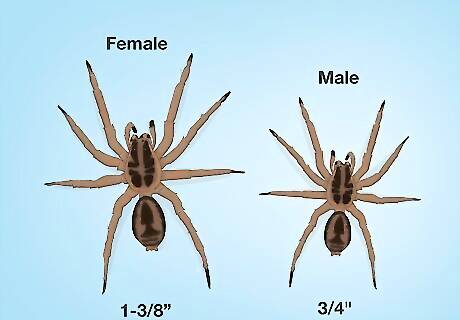
Look for a wolf spider's physical features. Here are some key characteristics: Hairy, brown to gray in color with various markings or lines, females are 1-3/8” (3 4mm) and males are 3/4" (19 mm) long.
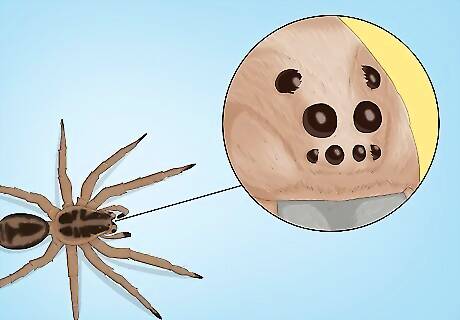
Look at the arrangement of their eight eyes. Their eyes comprise three rows; the first row has four small eyes; the second row has two larger eyes and the third row has two medium-sized eyes. The two eyes in the center of their faces are distinctively larger than the other six eyes.

See if the spider has three tarsal claws to make sure it’s a wolf spider. A tarsal is the final segment of an insect's leg. In the wolf spider's case there are three claws at the end of them.

Look at the arrangement of the fangs. Wolf spiders have fangs that resemble pincers, with a side-to-side orientation. However, this is true of all species within the infraorder Araneomorphae, of which the wolf spider is a member. The infraorder Araneomorphae contains a vast number of species that as a group are known as "true spiders", so the fang orientation is not exclusive to wolf spiders. However, this may be helpful in distinguishing a wolf spider from a small tarantula, because tarantulas are a member of infra-order Mygalomorphae and have vertically-oriented fangs.
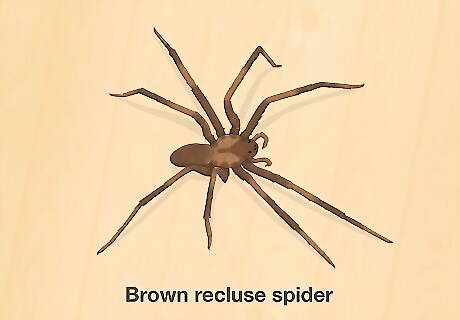
Don’t confuse the wolf spider with a brown recluse spider. The wolf spider has the same brownish-grey coloration, but does not have the violin-shaped marking behind its head that a brown recluse has. Also, the wolf spider has shorter legs than the brown recluse or any other web dwelling spider.
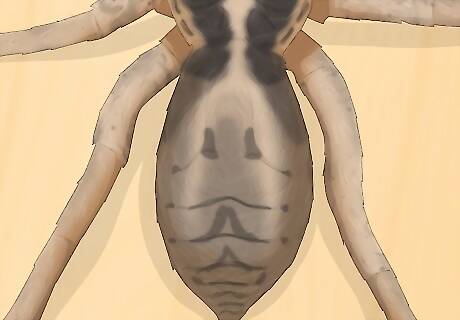
Check for hairs covering its abdomen.This is why you may confuse the wolf spider with a Tarantula, but most wolf spiders are a great deal smaller than most Tarantulas.
Recognizing Wolf Spider Habitats
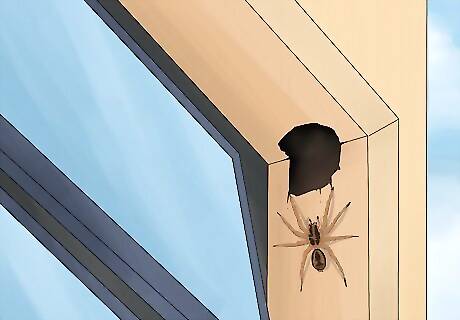
Check if the spider retreats to a burrow. Examine the areas around your doors and windows, both around your house and any outbuildings you may have. If, you find one moving towards a burrow or crevice, instead of a web, that's further evidence that it's a wolf spider. However, the tarantulas and the trap doors also burrow, though they are usually quite a bit larger than the wolf spider.
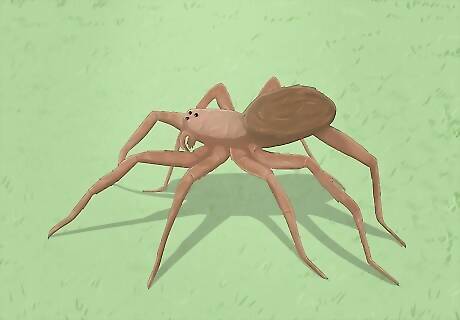
Look for wolf spiders stalking their prey along the ground. Spiders that spin webs will rarely be found on the ground. Wolf spiders are very comfortable there and will rarely climb tall structures.
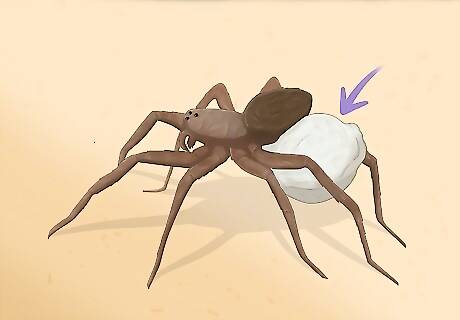
Look for a white sack attached to the back of the abdomen in the early spring and summer. Female wolf spiders carry their eggs at the back of their abdomens.

Check to see if the female is carrying her spiderlings on her back. This is a trait unique to wolf spiders.

Be aware that the wolf spider can be found hunting during the day and the night. You'll notice that most of the wolf spider's prey (crickets, caterpillars, etc.) can be found out at day and night, as well. If you have a lot these bugs around, you can expect to find a wolf spider nearby.
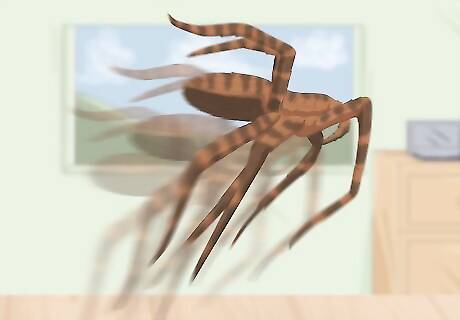
Watch the speed that the spider runs. Wolf spiders are incredibly fast. They are hard to catch due to their extreme speeds.

















Comments
0 comment